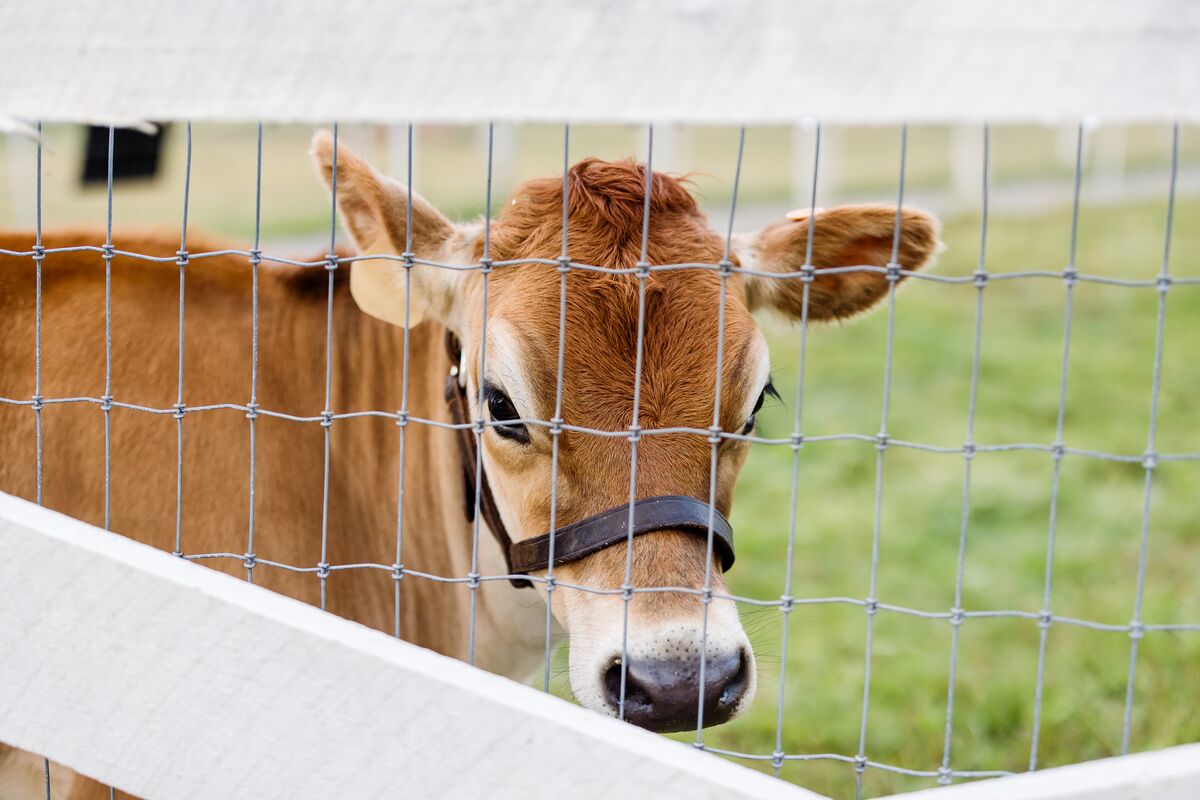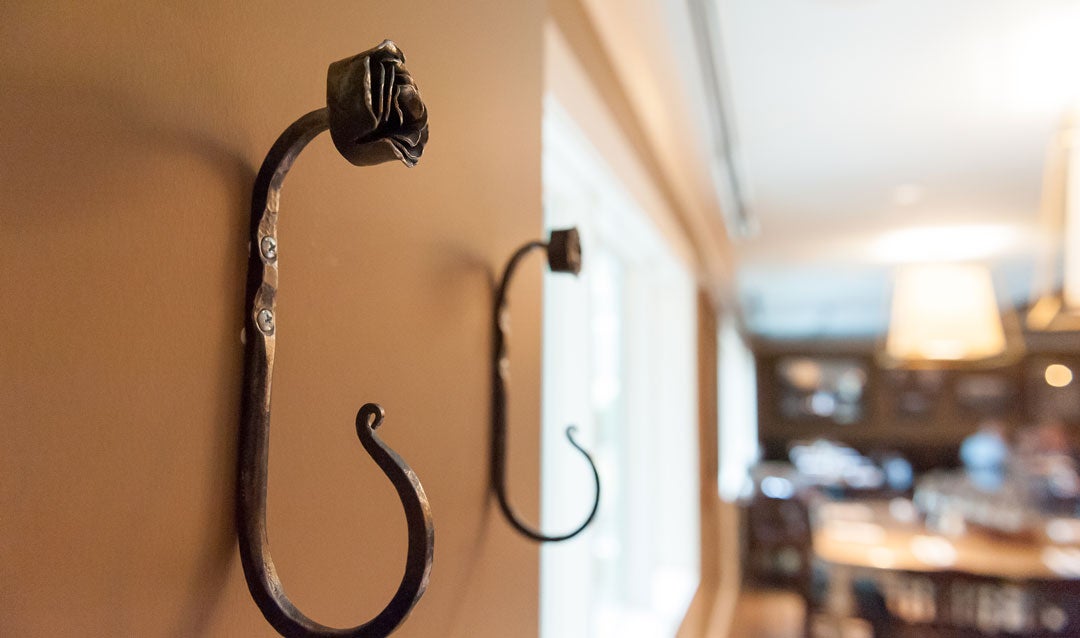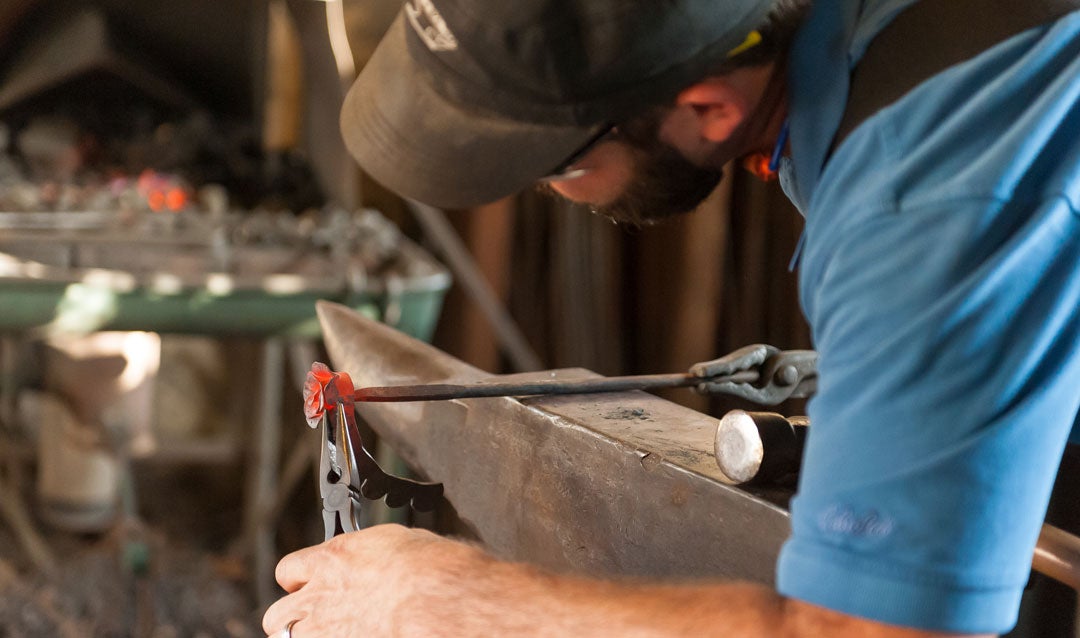Biltmore Estate in Asheville, NC, is a family-friendly destination all year long, but there’s something extra special about a summer getaway with the family on our 8,000-acre retreat… especially when we have discounted admission for kids and youth all summer long!
Make the most of your summer vacation with our Top 5 Biltmore Family Favorite Activities for Summer that are sure to please your entire clan, from grandparents to grandchildren.

5. Savor Our Favorite Flavors
Did you know that the vanilla ice cream served on the estate is based on a delicious original Biltmore Dairy recipe? With a visit to the Biltmore Dairy Bar® near Biltmore House and the Creamery in Antler Hill Village, you and your family can cool off while enjoying the same richly-flavored frozen treat savored by estate guests more than a century ago!
Tip: Take your treats — like ice cream sundaes, smoked barbeque sandwiches, or even some Biltmore Wine for the grownups — to-go from the Creamery or other restaurants in Antler Hill Village and enjoy on the nearby Village Green where you can cut a rug to live music at the bandstand!

4. Biking for All Ages
Ready to explore our wide-open spaces on two wheels? You’re welcome to bring your own bikes in tow or visit the Outdoor Adventure Center or Bike Barn in Antler Hill Village and choose from a selection of rentable mountain bikes for rugged trails or comfort cruisers for paved paths. Tandem rentals are also available so the younger members of the family can join the fun.
Tip: Consider a guided bike ride or other outdoor activities for more exciting ways to explore our 8,000 estate this summer!

3. An Artistic Escape
Ignite your family’s imaginations as you explore the castle-like halls of America’s Largest Home and the awe-inspiring art installations on view inside Amherst during Chihuly at Biltmore. Chihuly’s mesmerizing work is sure to captivate young minds and inspire a love for creativity!
Tip: Chihuly at Biltmore is an awe-inspiring experience for families and guests of all ages. That said, due to the nature of the exhibition, all guests under the age of 16 must be accompanied by an adult.

2. Family Fun at the Farmyard
Bring your kids to meet our kids at the Farmyard in Antler Hill Village! From learning about the working farm animals that are a part of our agricultural history at the Farmyard to handicrafts demonstrations and seasonal activities offered at The Barn nearby, your kiddos will have plenty to choose from for engaging and educational fun.
Our Farm to Table Tour & Taste experience (available exclusively to overnight guests and Passholders) offers even more in-depth discovery of Biltmore’s farming legacy and how that connects to our modern field-to-table philosophy.
Tip: Did you know that Biltmore Annual Passholders can bring their kids ages 16 and younger to enjoy Antler Hill Village for free year-round?

1. All-Time Family Favorite: Exploring Our 8,000-acre Backyard!
With 8,000 acres of Blue Ridge Mountain backyard, you’ll never run out of places to explore at Biltmore! Enjoy more than 20 miles of hiking trails along the French Broad River, through lush green forests, or in the open meadows of the estate.
Whether you’re up for a Vanderbilt-era-inspired game of croquet, rafting on the French Broad River, or venturing out on guided nature experiences (or all three!), our Outdoor Adventure Center in Antler Hill Village boasts an ever-changing variety of activities that are fun for the whole family.
Tip: Activities offered may sell out or have specific dates and times offered, so we strongly recommend checking our current offerings online and making reservations in advance to ensure availability during your visit. Visit the Bike Barn or Outdoor Adventure Center for a detailed trail map and orientation to the trails.

Discover Even More of Biltmore This Summer
Every day’s an invitation to vacation like a Vanderbilt at Biltmore, where the season’s longer days and leisurely nights allow more time to savor all your summer oasis has to offer!
Share must-see summertime experiences, like Chihuly at Biltmore, with the whole family when booking our “best value” House, Exhibit & 2-Day Grounds ticket, which features free admission for kids (9 and under), discounted admission for youth (10-16), plus access to explore the estate gardens and grounds the next day for free!
In addition to our top 5 family-favorite activities, we invite you to explore all of our activities currently offered so you can make the most of your quick summer getaway, family vacation, or long holiday weekends to Biltmore!

Make it a Family Getaway to Remember
Truly getaway this summer by extending your Biltmore visit with an overnight stay at The Inn on Biltmore Estate, Village Hotel on Biltmore Estate, or our private historic Cottages on Biltmore Estate. Become a Biltmore Annual Passholder and enjoy year-round visits and exclusive member discounts on special events, dining, and more.












































